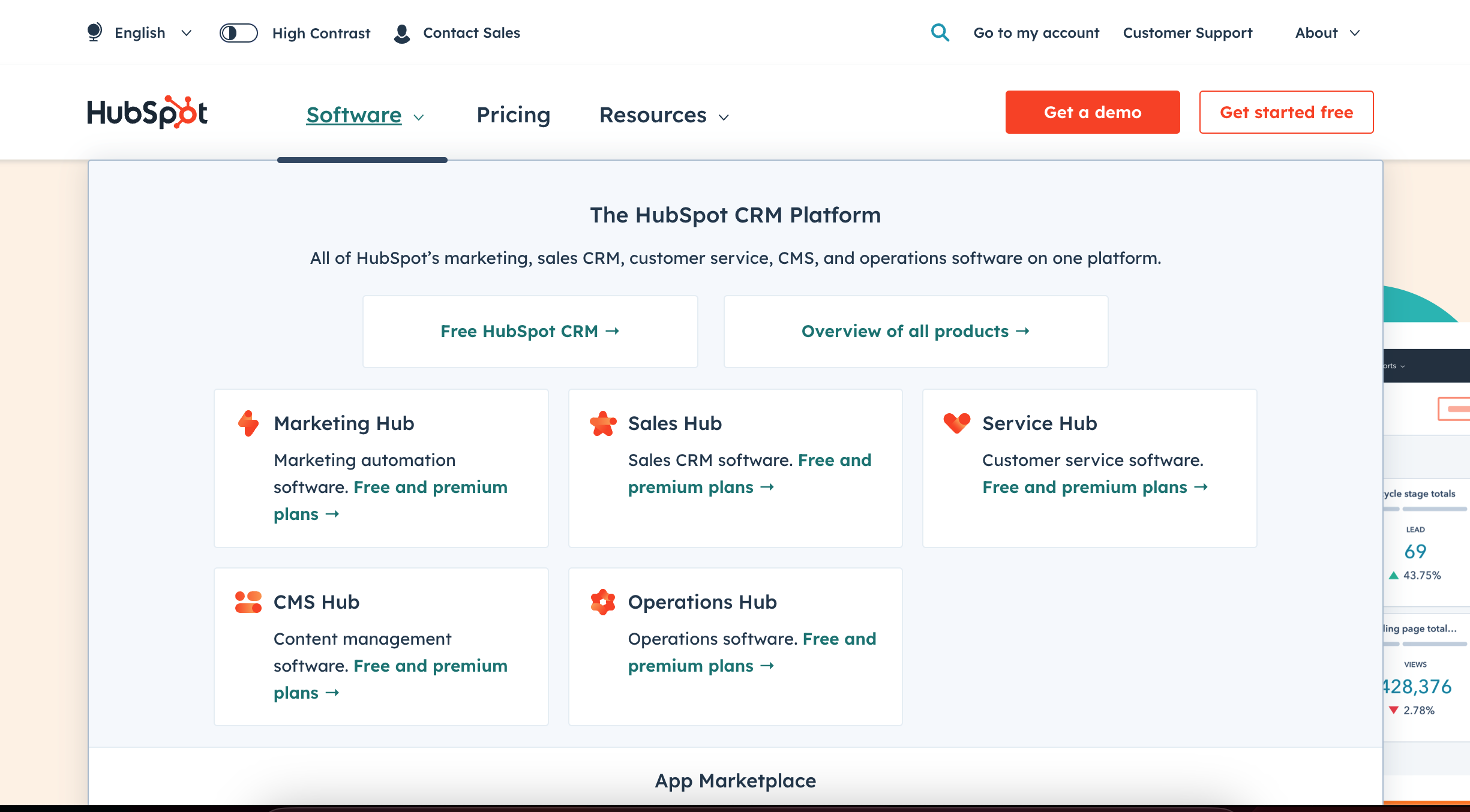5 Ways to Create a Successful Online Presence
I don’t need to tell you having a website is pretty much essential for any business looking to build a successful brand. But did you know that your website’s design and the user’s experience on your website are vital to how potential customers perceive your brand?
A research study asked 15 women participants to search the internet for relevant health information. All of these women were faced with health issues and were asked to evaluate service provider websites. The participants then were asked to give factors for rejecting or distrusting a website. Of those factors, 94% were design related, and only 6% were content related.
94% of people say design is the leading factor for rejecting or distrusting a website
You can’t just put up a website though. The design of your website plays a crucial role in attracting and retaining visitors, which can ultimately impact the success of your online presence.
Here are some key ways in which website design can contribute to creating a successful online presence:
1.First Impressions Matter
A study by Microsoft found that the human attention space has dropped to 7 seconds – a shrink of nearly 25% in the last few years. For brands and content creators, this means that we need to do an even better job of capturing the attention of our audience.
The design of your website is a significant factor in creating a positive or negative first impression. A well-designed website that is visually appealing and easy to navigate will engage visitors and encourage them to explore your content further.
A study by Microsoft found that the human attention space has dropped to 7 seconds – a shrink of nearly 25% in the last few years.
2. Navigation is Key
Visitors to your website should be able to find what they are looking for quickly and easily. Navigation menus, search bars, and internal links are critical components of website design that can greatly enhance the user experience. A well-designed website will have a clear and intuitive navigation system that helps visitors find the information they need.
HubSpot’s website is super user-friendly. They use icons and mega menus to help users find what they’re looking for.
3. Mobile Responsiveness is a must
With more people accessing the internet on their mobile devices, it's crucial that your website is mobile responsive. A mobile responsive website adapts to different screen sizes, making it easy to use on both desktop and mobile devices. A website that is not mobile responsive can lead to a poor user experience, which can deter visitors and ultimately impact the success of your online presence.
With more people accessing the internet on their mobile devices, it's crucial that your website is mobile responsive.
4. Consistency is branding
Your website is more than just an extension of your brand. Your website is the home of your brand. The design of your website should reflect your brand identity.
Research from Lucidpress on brand consistency found that consistent presentation of a brand has been seen to increase revenue by 33 percent.
Using consistent branding elements, such as colors, fonts, and imagery can help establish brand recognition and trust with visitors. Consistency in design across all pages of your website also creates a sense of cohesion and professionalism.
5. Search Engine Optimization (SEO) has to be there
Today, people use search engines to find content that solves their problems. Your website should be filled with content that is helpful to your ideal buyer persona and takes them through the buyer’s journey.
This means including things like blogs, videos, podcast episodes, calculators, case studies, and lead magnets so users learn to trust you and, eventually, reach out to you when they’re ready to talk business.
Today, buyers are searching for products, services, and vendors on search engines. Your website should be attracting web traffic from Google and Bing.
The design of your website can also impact your search engine rankings. Factors such as page load speed, mobile responsiveness, and clear site structure can all contribute to a website's SEO performance. A well-designed website that is optimized for search engines can help to increase visibility and drive traffic to your website.
Issues that impact SEO:
Page load speed
Mobile responsiveness
Clear site structure
Keywords
Lack of content / poor quality content
Website design is a critical component of creating a successful online presence. A well-designed website can create a positive first impression, provide a good user experience, and help to establish brand recognition and trust. By prioritizing website design and staying up-to-date with best practices, you can ensure that your online presence is both effective and engaging for your visitors.
Need help planning and strategizing your website redesign? Download our free website planning guide for step-by-step instructions on building a website users love.
Interested in working with us for your next website redesign? We would love to help. Contact us to get started.







